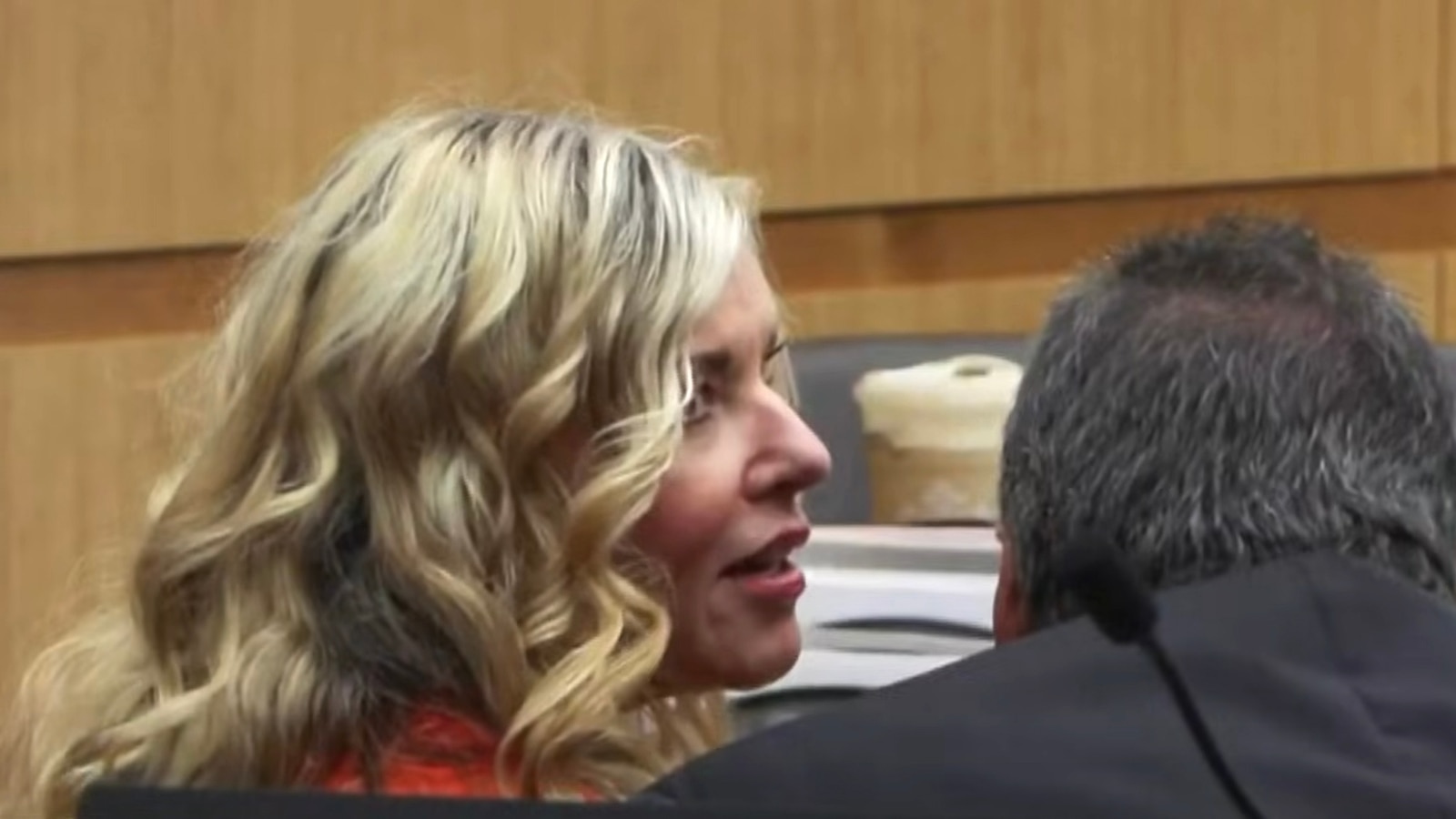What Happened
On June 14, 2025, President Donald Trump presided over a military parade in Washington, D.C., celebrating the 250th anniversary of the U.S. Army. The event coincided with Trump’s 79th birthday and featured a significant display of military hardware, including tanks and aircraft, alongside nearly 7,000 soldiers. The parade was noted for being one of the largest military displays in the capital since the end of the Gulf War in 1991. As the parade unfolded, nationwide protests under the banner “No Kings” occurred simultaneously, with demonstrators expressing opposition to Trump’s policies and what they described as authoritarianism.
The parade began at 6:30 PM EDT and included various military demonstrations, historical reenactments, and a concert following the event. Attendees gathered around the National Mall, with heightened security measures in place. While the parade showcased the military’s history and capabilities, protests erupted in major cities across the country, drawing thousands of participants who voiced their dissent against the Trump administration.
Key Details
- Event Date: June 14, 2025
- Location: Washington, D.C., along Constitution Avenue
- Attendance: Estimated thousands attended the parade, while protests gathered over 20,000 in Los Angeles alone, with similar demonstrations occurring in nearly 2,000 cities nationwide.
- Military Display: Featured 28 Abrams tanks, various military vehicles, and a representation of Army uniforms from different historical eras.
- Protests: The “No Kings” protests were organized to counter what participants viewed as Trump’s self-serving use of executive power, with major gatherings reported in cities like Los Angeles, Philadelphia, and Chicago.
- Security Measures: The event was under tight security, with police managing crowds and ensuring safety amid the protests.
Multiple Perspectives
The military parade was framed by supporters as a celebration of patriotism and military strength. Trump, during the event, emphasized the importance of the Army and expressed pride in the nation’s military history. His supporters viewed the parade as a fitting tribute to the sacrifices made by service members over the past 250 years.
Conversely, the “No Kings” protests represented a significant counter-narrative. Protesters criticized the parade as a display of militarization and a reflection of Trump’s authoritarian tendencies. Organizers of the protests argued that the event was more about glorifying Trump than honoring the military, with some participants expressing concerns about the implications of such displays on democracy. Martin Luther King III, who spoke at one of the protests, emphasized the need for community solidarity against perceived injustices.
Context & Background
The military parade and the accompanying protests occur within a broader context of political polarization in the United States. Trump’s presidency has been marked by significant controversy, with his use of executive power often criticized by opponents. The “No Kings” protests were organized as a response to what many activists see as a growing trend of authoritarianism and the erosion of democratic norms.
The juxtaposition of the military parade and nationwide protests highlights the deep divisions within the country regarding leadership and governance. The protests were not only a reaction to the parade but also a continuation of ongoing activism against various policies of the Trump administration, particularly regarding immigration and civil rights.
What We Don’t Know Yet
While the parade and protests garnered significant media attention, details regarding the overall attendance at the parade remain unclear. Estimates vary, and official figures have not been released. Additionally, the long-term impact of the protests on public sentiment and political discourse is yet to be fully understood.
There are also ongoing investigations into incidents of violence and unrest that occurred during some protests, particularly in cities like Los Angeles and Georgia, where police used tear gas to disperse crowds. The nature of these incidents and their implications for future protests and law enforcement responses remain to be clarified.
In summary, the military parade and the “No Kings” protests reflect a critical moment in U.S. political life, illustrating the complexities of national identity, governance, and civic engagement in a deeply divided society.


